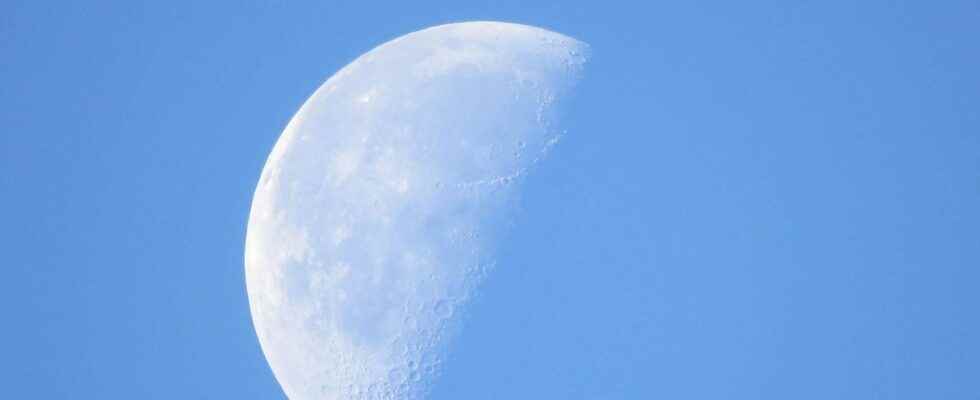The Moon is the star of the night. Yet we have all seen it in broad daylight. How to explain this phenomenon ?
You will also be interested
So that the Moon be visible, two conditions must be met: that it be illuminated by the Sun without being too close to it and that it is above our horizon. Everything depends on the relative movements, at the same time simple and complex, of the three stars concerned which are the Earth, the Sun and the Moon.
Full moon
When full moon, our satellite is at the “opposition”, that is to say on the other side of the Earth from the Sun. On Earth, where it is dark, we see the light of the Sun illuminating the entire face of the Moon and the Moon rises and then sets when the Sun sets and then rises. This is a little less true in summer because the days are longer and the Sun sets later. It is therefore possible to see the full moon at the end of the day.
It is during the full moon that a lunar eclipse, if our satellite, the Earth and the Sun are aligned. The Moon then passes into the shadow of the Earth.
The Gibbous Moon
After the full moon comes the phase of Gibbous moon. This can be seen until morning. Because, at this time, the Moon sets in the west while the Sun rises in the east. The two celestial objects are therefore far enough apart so that the light reflected by the Moon is not drowned out by the light emitted by the Sun.
The crescent moon
In our sky, the Moon then moves closer and closer to the Sun. the Crescent moon is only visible before Sunrise. Because Moon and sun rise almost at the same time but, the crescent moon being too close to the Sun, it disappears in its light.
And the cycle repeats itself symmetrically during the ascending phase.
Interested in what you just read?
.
fs4
